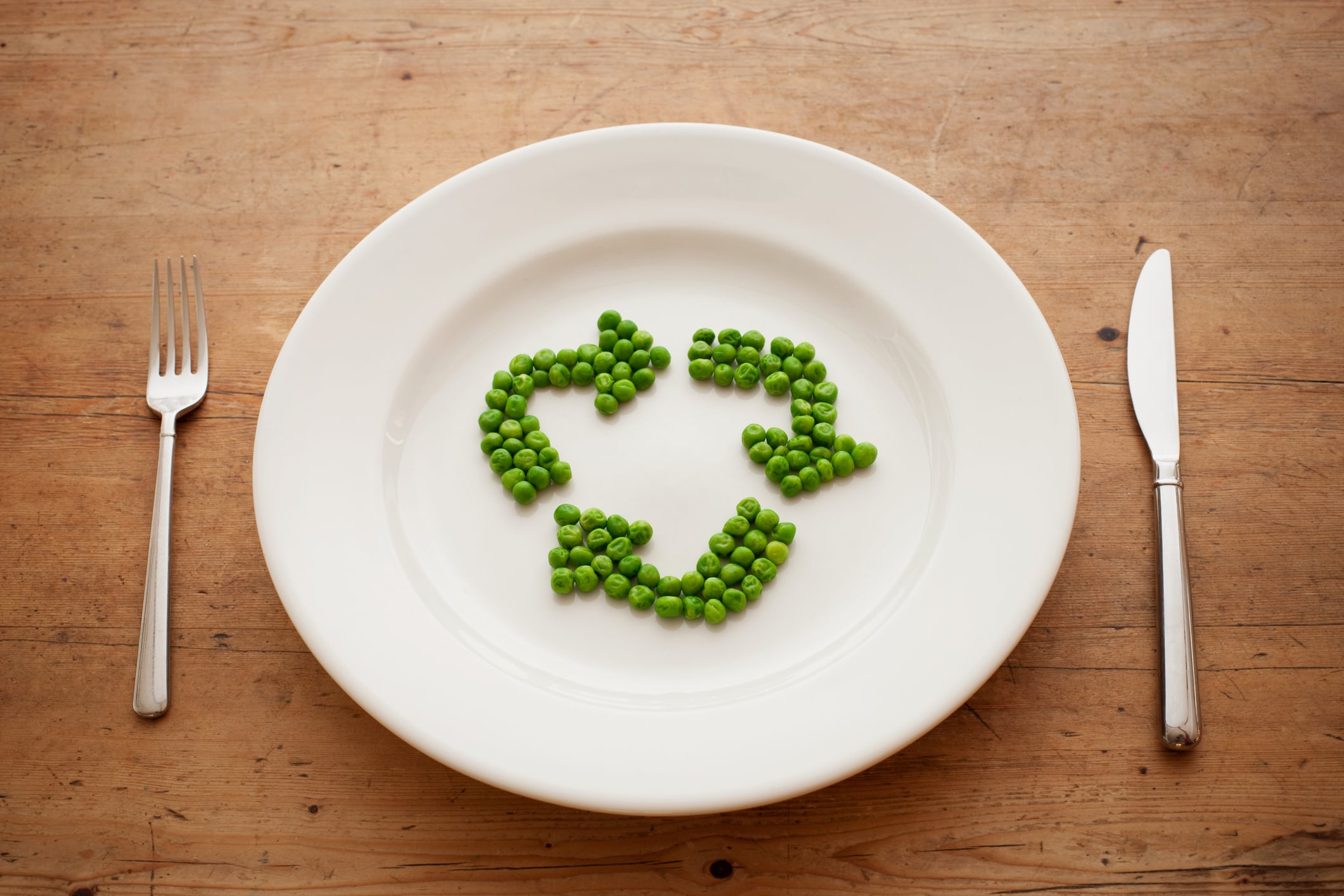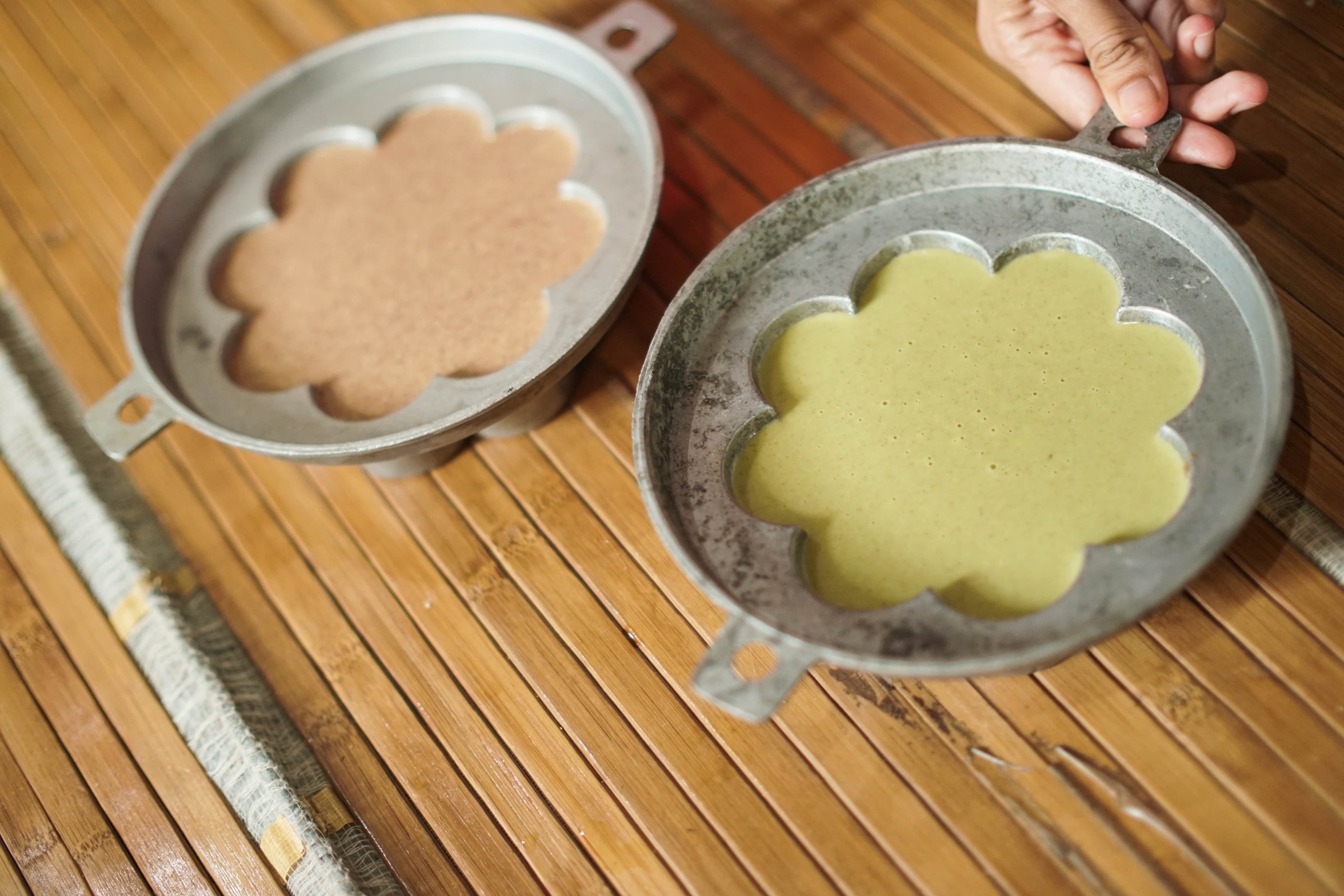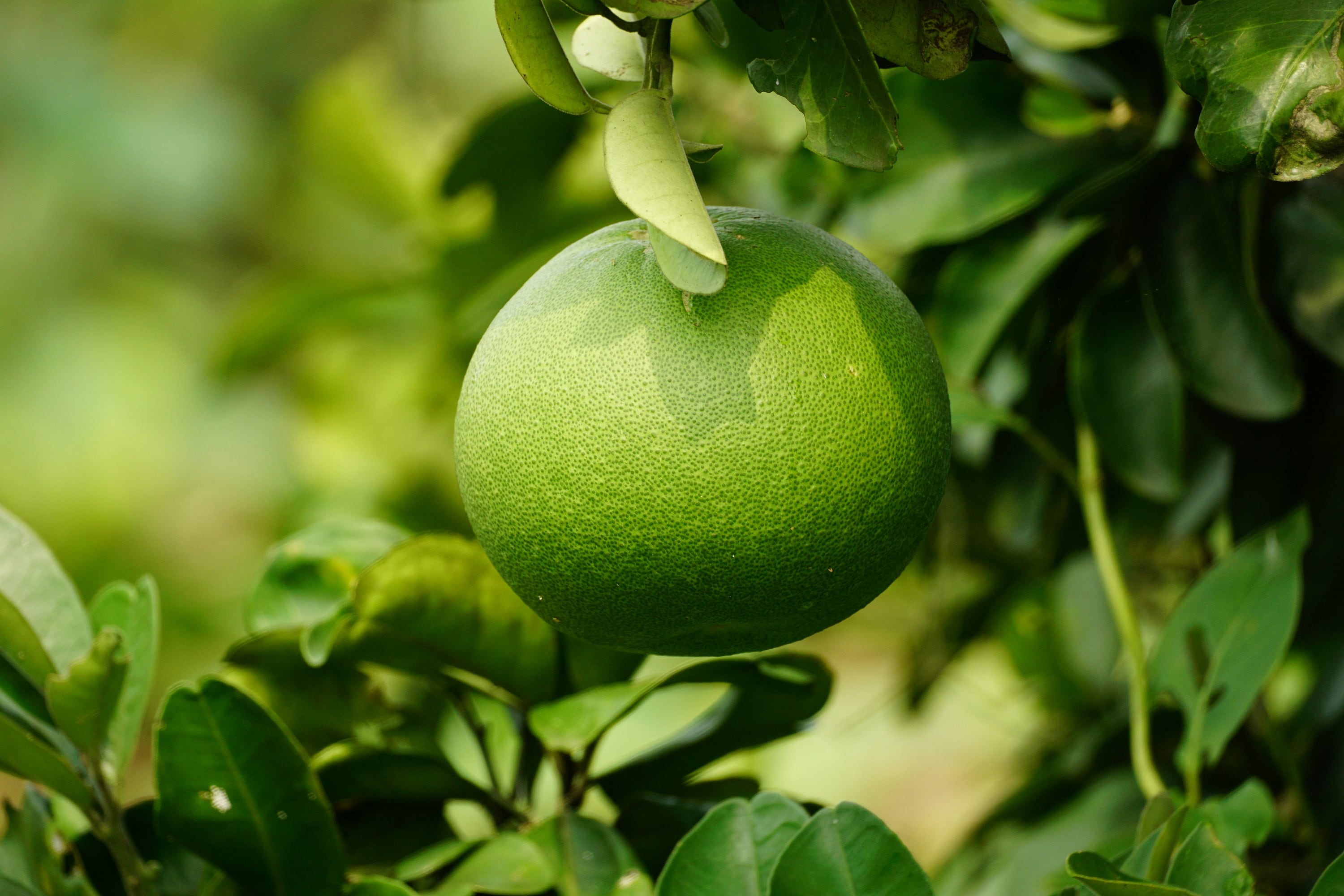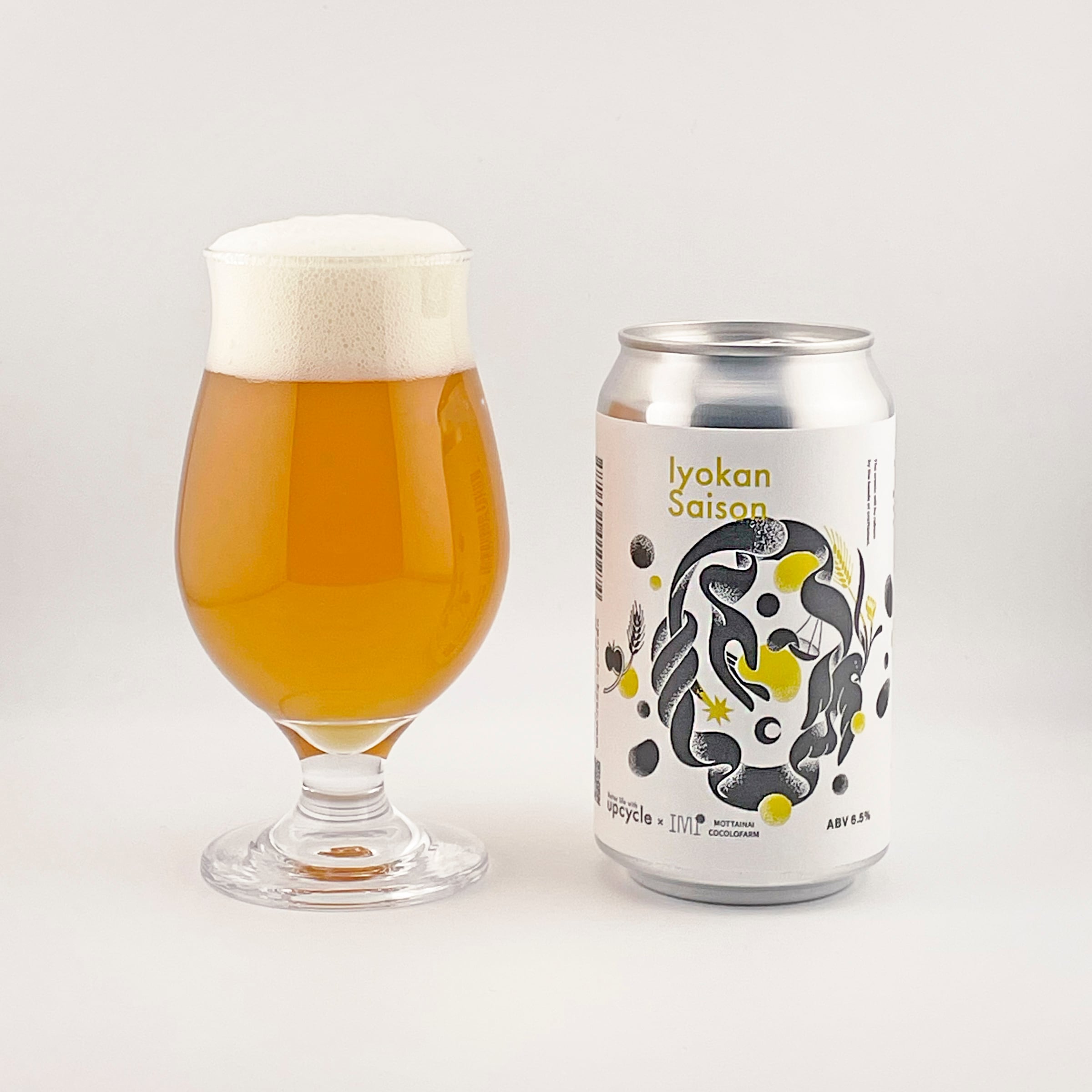While consumer awareness of the need for sustainable food sources is increasing, Mottainai believes it is crucial to invest in building trust and confidence in raw ingredients that are often discarded.
Focusing on food safety and traceability standards is one of the earliest steps the firm took when it launched its pilot facility for valorising food side streams on July 23.
Focusing on food safety builds trust
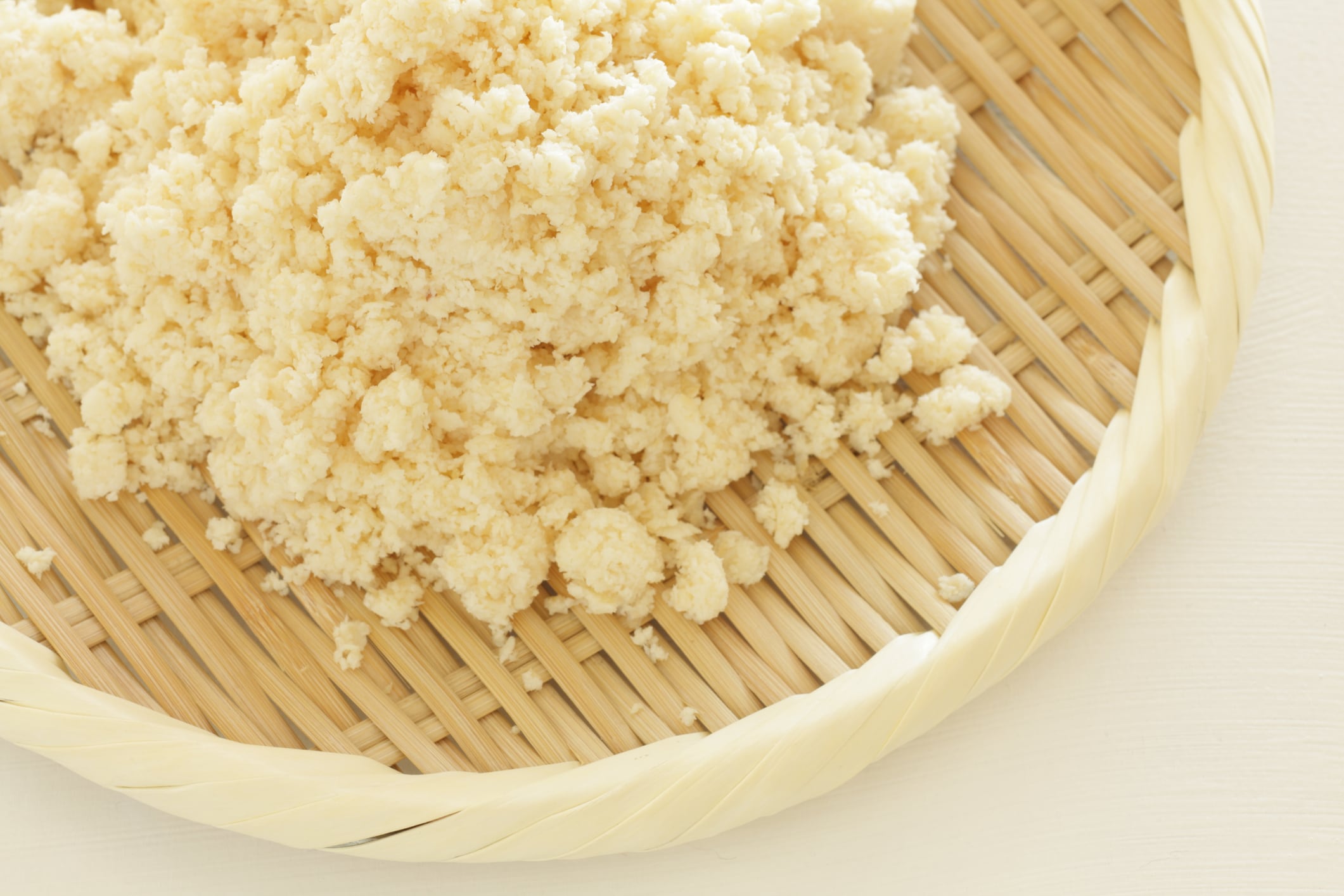
One of the first steps to gain consumer trust is to adhere to rigorous safety standards.
“Food safety is a key consideration for us. We are in the process of preparing for internationally recognised certifications such as ISO 22000 and HACCP to ensure rigorous safety and traceability standards,” said Mottainai co-founder Daryl Pek.
“To build trust around okara, we run joint factory tours with our partner Tai Hua Food Industries, where visitors can learn about how surplus okara is safely collected and processed into Jiro Meat.
“Beyond that, we collaborate with chefs and nutritionists to showcase how okara can be both delicious and nutritious when properly handled, helping to reframe it not as waste, but as a valuable and safe ingredient.”
Pek shared that one of the firm’s biggest breakthroughs was establishing a systematic and safe method to collect large volumes of okara for scaled-up production.
“This involved close collaboration with our okara partner and several rounds of discussion and adjustments to their production facility, alongside the development of clear SOPs,” Pek explained.
“Unlike many others in the food waste valorisation space who work with relatively small quantities of side streams, scaling up introduced unique challenges around consistency, hygiene, and logistics. Overcoming these has given us valuable insights that will guide our operations as we move towards full commercialisation at a larger scale,” he added.
Additionally, another important breakthrough was highlighted by Chong Le Jia, CEO of FoodPlant, who noted that “solid-state fermentation is often more difficult to scale and control compared to liquid fermentation, especially when working with fibrous, low-moisture substrates like okara. To see it translated into a commercial, edible format – and one this palatable – is no small achievement.”
Mottainai initially developed a set of customised parameters that worked well at the lab scale and later adapted another set for production at the pilot scale. These parameters will continue to be refined through ongoing R&D and production trials as it scales further.
By scaling SSF successfully, Mottainai ensures not just productivity, but also consistency in microbial control – reducing the risk of contamination during fermentation.
In other words: their technical achievement isn’t just about scale – but also about safer, more reliable production of edible protein from upcycled food waste.
Apart from food safety, the firm also highlights the nutritional profile of okara.
Why solid-state fermentation is harder than liquid fermentation
Unlike liquid fermentation, where ingredients are mixed in a tank like soup, solid-state fermentation works with moist solids like okara (soy pulp). This makes it tougher to scale because:
- It is harder to regulate moisture and airflow – uneven distribution can affect fermentation outcomes.
- There could be heat buildup – solids retain heat, which can harm microbes or lead to unsafe conditions.
- There are mixing difficulties – solids can’t be stirred like liquids without disrupting microbial growth.
- There is higher contamination risk – uneven environments create pockets where harmful microbes can thrive.
Health and wellness is a dominant trend that is here to stay
Jiro Meat was developed with public health in mind, said Pek. “It was recently awarded the Healthier Choice Symbol by Singapore’s Ministry of Health for meeting nutritional standards.”
“It’s tailored to support better everyday nutrition. It’s high in protein and dietary fibre, low in sodium and saturated fat, and cholesterol,” Pek said.
“Fibre is particularly important because it supports blood sugar control, gut health, and weight management – all of which help prevent chronic diseases.”
According to Mottainai, Jiro Meat is naturally cholesterol free and contains 25% less saturated fat and sodium than regular plant-based meat alternatives – every 100g contains 0.8g saturated fat and 8mg sodium.
The rich nutritional profile of Jiro Meat means opportunities in the healthcare and elderly sectors.
“We have begun more concrete discussions with interested parties including food manufacturers, and stakeholders supporting or are part of the healthcare or eldercare sector. We are unable to share these details until they have been formalised,” said Pek.
Mottainai sources okara – the base of its soy-based product Jiro Meat – from Tai Hua Food Industries, Pek’s family-run soy sauce business with ties to global retailers.
Okara, a by-product from soy sauce fermentation, is usually discarded. Mottainai was founded to tap into food processing side streams to maximise food resources by breathing new life into by-products for human consumption.


